Mango Tree Live Plant – Sweet Mango Tree – 6 to 9 Inch – Outdoor Growing
Original price was: $49.99.$37.99Current price is: $37.99.
Enjoy the rewarding experience of growing your own mangoes. Mango trees thrive in warm climates and require well-draining soil and regular care for healthy growth and delicious fruit production.
Estimated arrival
Dec 15
Dec 20 - Dec 22
Dec 25 - Dec 29
Reasonable Price
We offer reasonable price

Support 24/7
Contact us 24 hrs a day

100% Money Back
You've 30 days to Return

Payment Secure
100% secure payment
Grow Your Own Delicious Mangoes
Growing a Mango Tree Live Plant can be a profoundly rewarding experience, bringing the taste of the tropics to your own backyard. These trees are known for producing delicious and juicy mangoes, and with the right care, you can enjoy a bountiful harvest year after year. This guide provides crucial information for nurturing your mango tree from planting to harvest, ensuring its health and productivity.
Optimal Climate and Soil Conditions
For the best growth, select a location that mimics the tropical and subtropical conditions that mango trees thrive in. Ensure the site offers good drainage and protection from strong winds. The ideal soil is well-draining and loamy, with a slightly acidic to neutral pH (6.0 to 7.5). Incorporating organic matter such as compost will significantly improve soil fertility, creating an optimal environment for your sweet mango tree.
Planting and Initial Care
Plant your mango tree during the warm season, ideally in spring or early summer. Dig a hole that accommodates the root ball, ensuring the tree is planted at the same level it was previously growing. Regular watering is critical for young trees to establish their roots. Once established, mature mango trees become more drought-tolerant but still require water during dry spells, especially during fruit development. Avoid overwatering to prevent root rot.
Continued Care and Maintenance
Apply a layer of organic mulch around the base to retain soil moisture, suppress weeds, and enrich the soil. Regular fertilization with a balanced fertilizer, particularly one high in potassium, will promote flowering and fruiting. Prune young trees to develop a strong canopy, removing any dead or diseased branches. Regularly inspect for pests and diseases, addressing any issues promptly to maintain the health of your mango tree plant.
Harvesting Your Mangoes
Mangoes typically mature three to six months after flowering, depending on the variety. Harvest when the fruits are fully mature but still firm, indicated by their color and aroma. Use a gentle twist or cutting motion to avoid damaging the tree. Thinning the fruit can improve the size and quality of the remaining mangoes, ensuring a more abundant and flavorful harvest. Enjoy the fruits of your labor with your very own outdoor mango tree.
Frequently Asked Questions
- How much sunlight does my mango tree need each day? Your mango tree needs at least 6-8 hours of direct sunlight daily to thrive and produce fruit.
- What is the ideal soil pH for my mango tree? Mango trees prefer a slightly acidic to neutral pH, around 6.0 to 7.5.
- How often should I water my young mango tree? Water deeply but infrequently, allowing the soil to dry slightly between waterings. Avoid waterlogging.
- When is the best time to plant a mango tree? The best time to plant is during the warm season, preferably in spring or early summer.
- How long will it take for my mango tree to produce fruit? Mango trees typically mature three to six months after flowering, depending on the variety.
Be the first to review “Mango Tree Live Plant – Sweet Mango Tree – 6 to 9 Inch – Outdoor Growing”

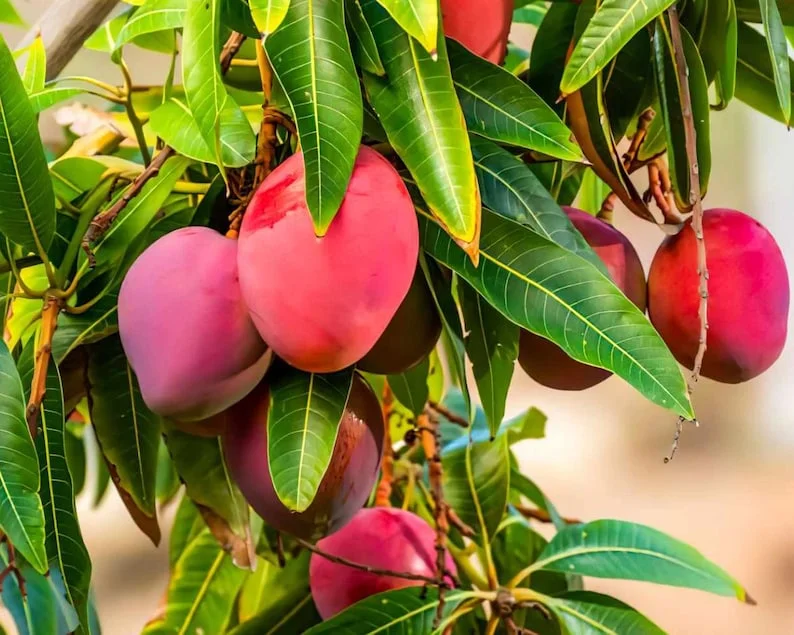
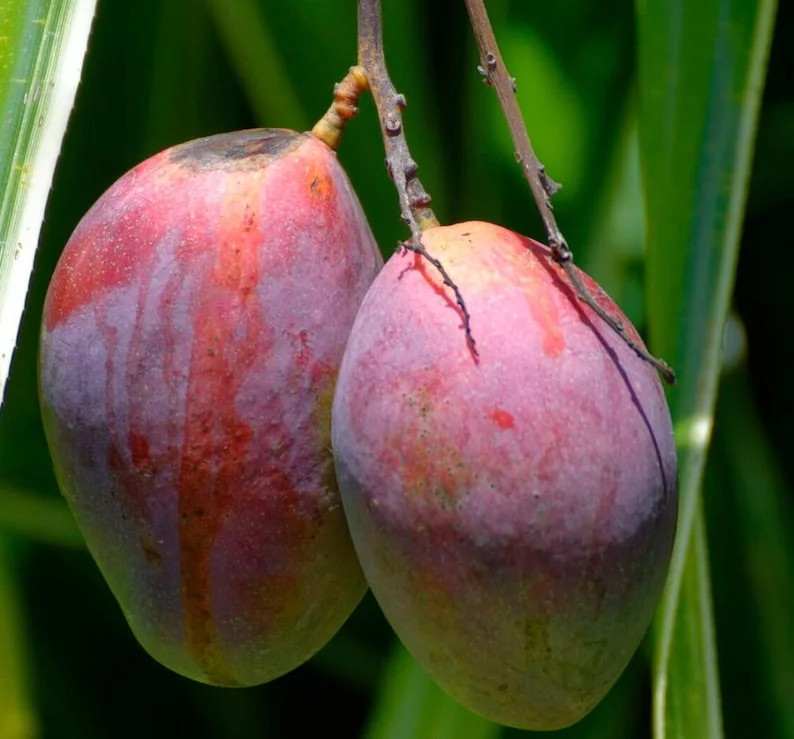
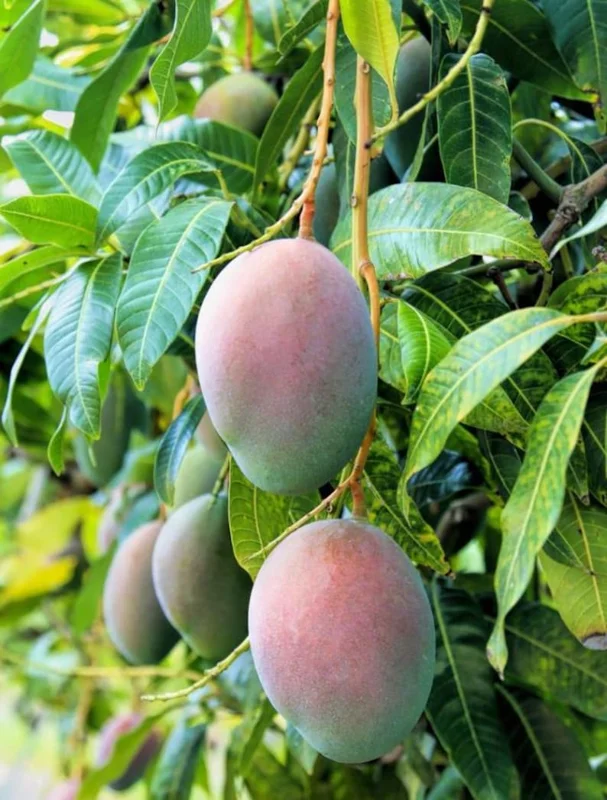
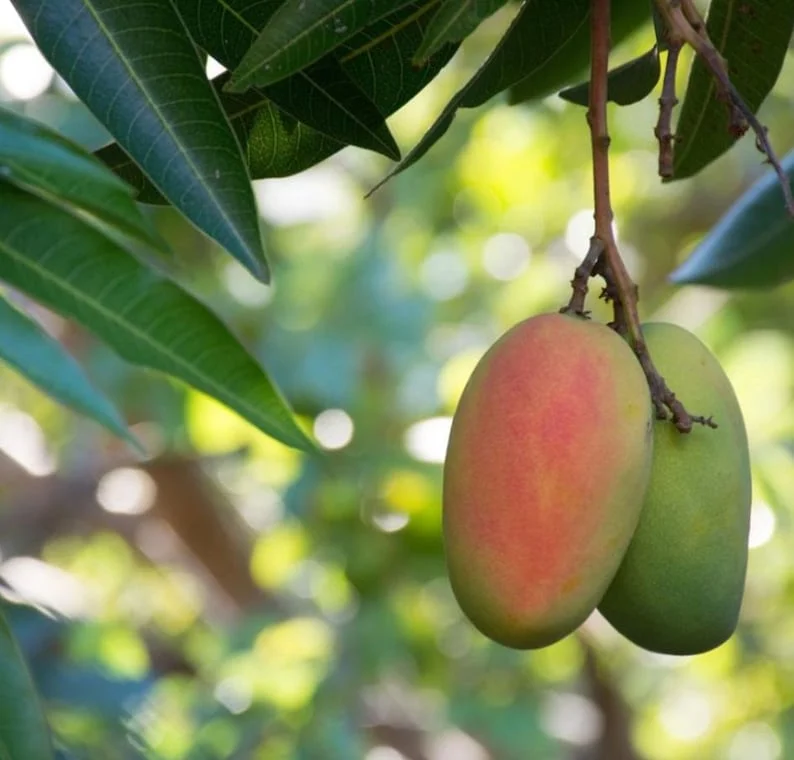
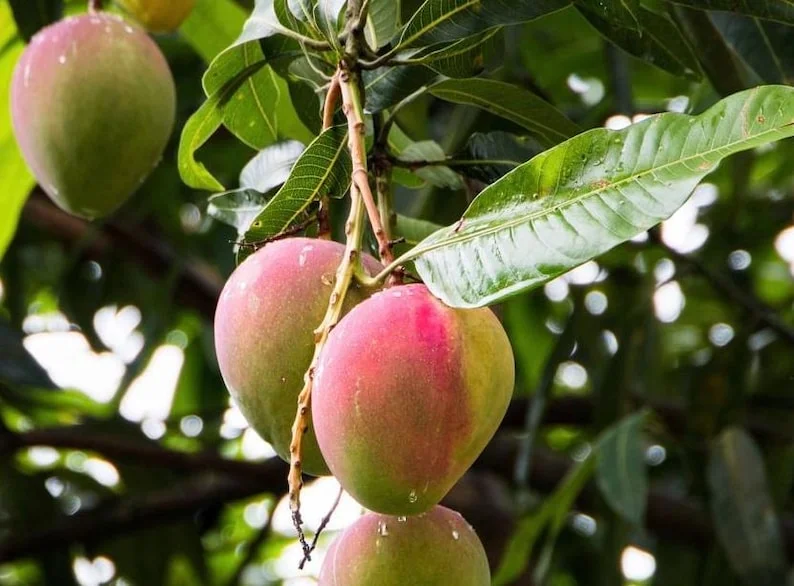
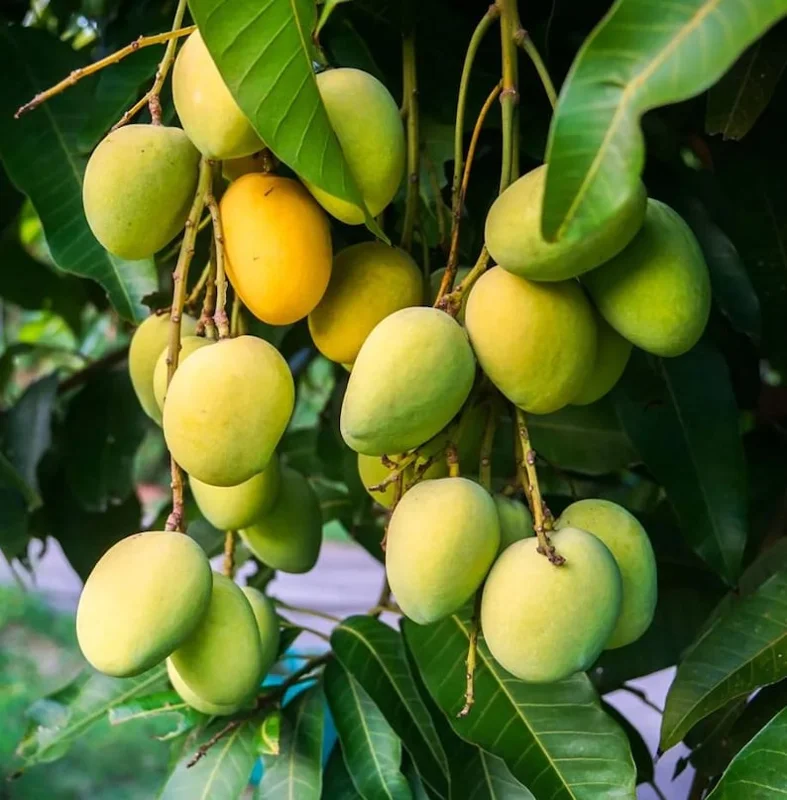
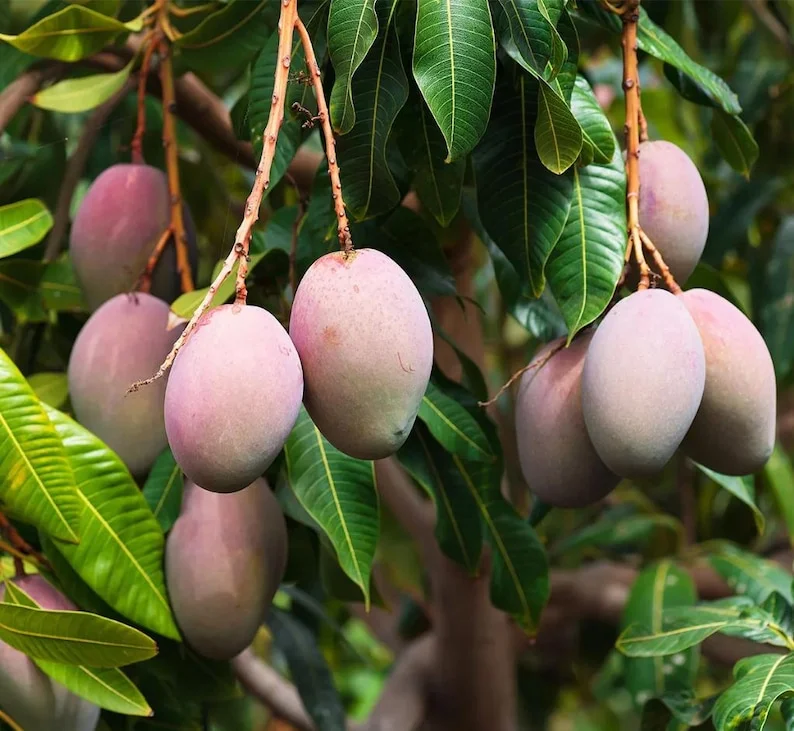
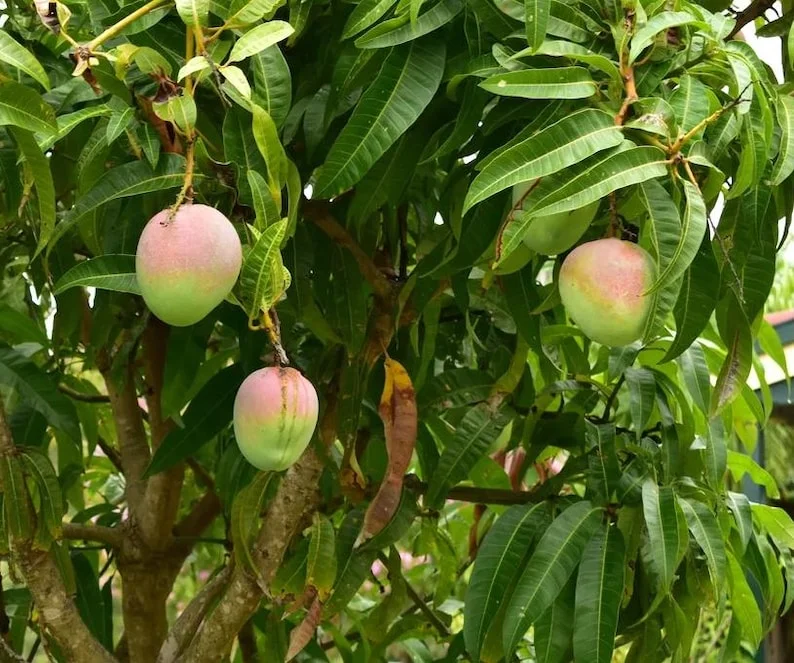
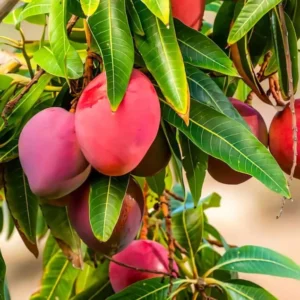
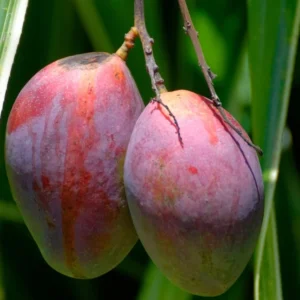
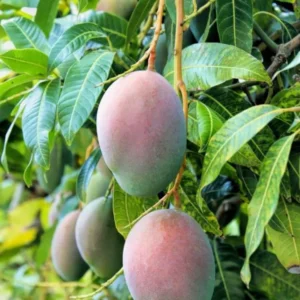
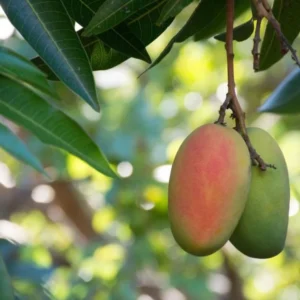
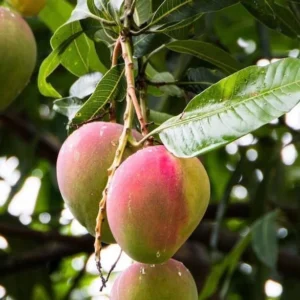
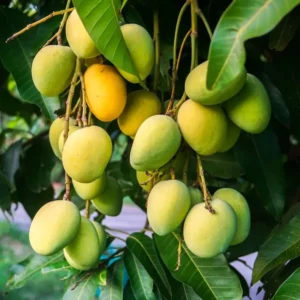
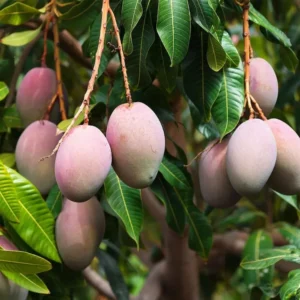
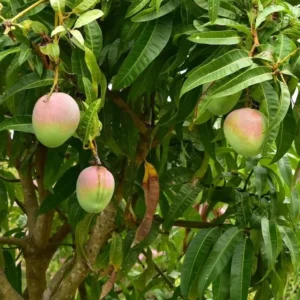






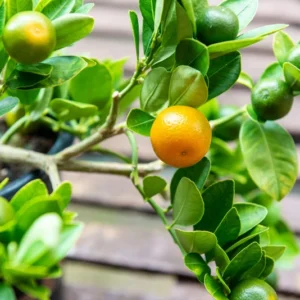
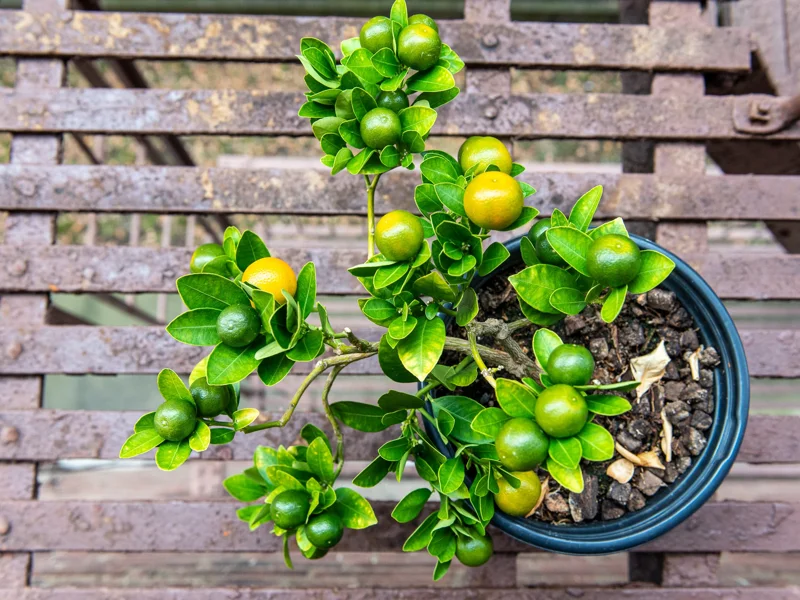
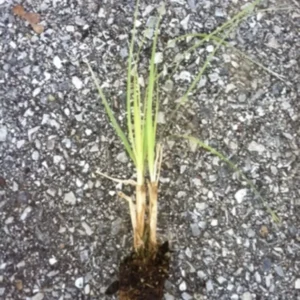
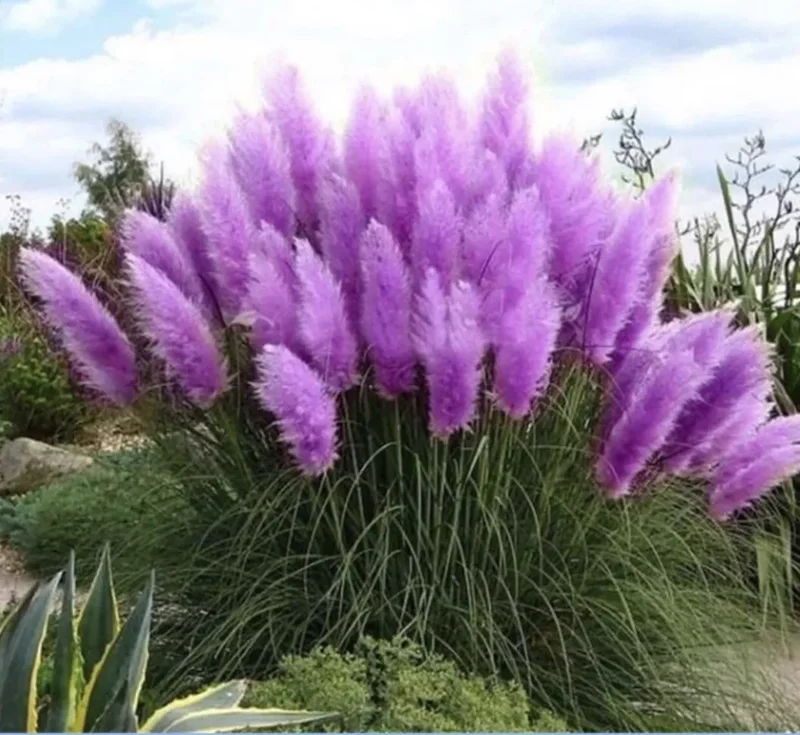
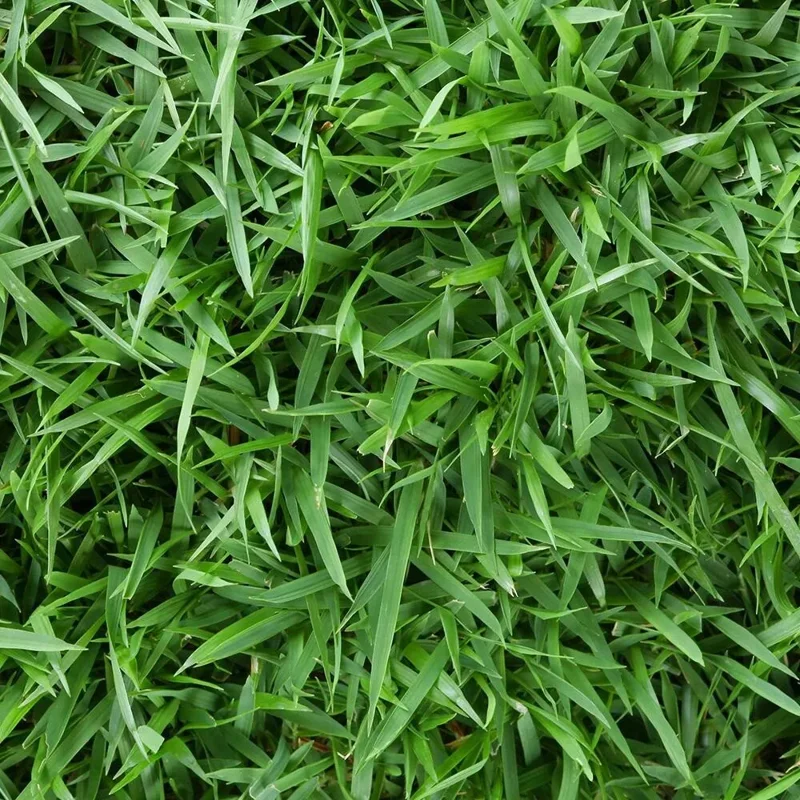



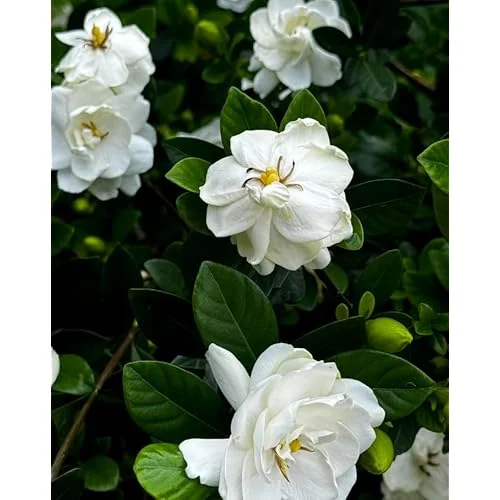

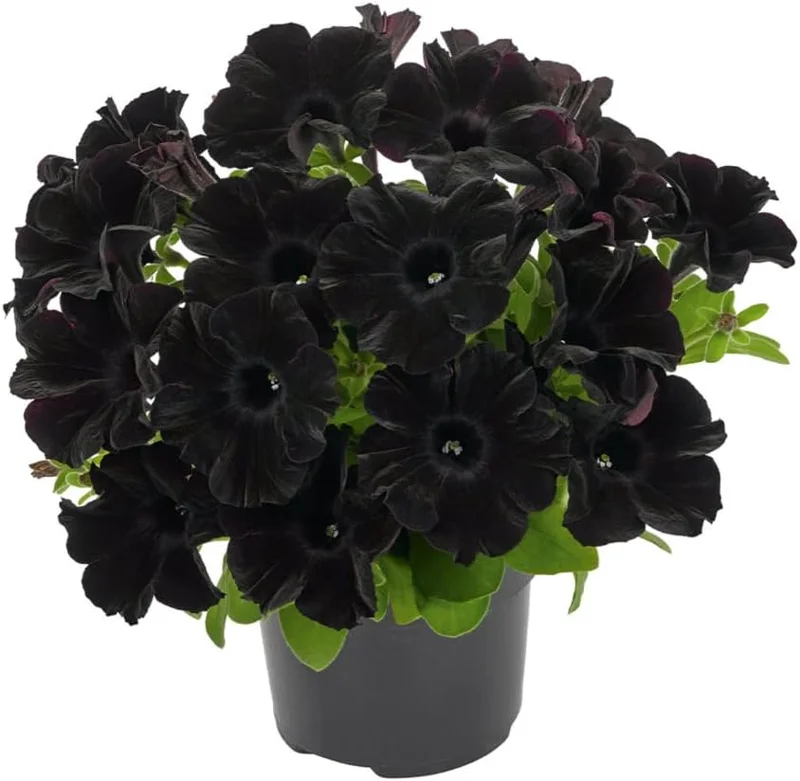
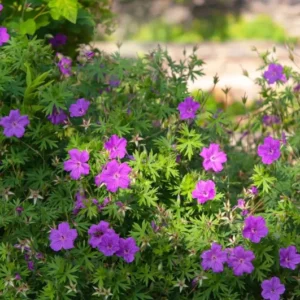
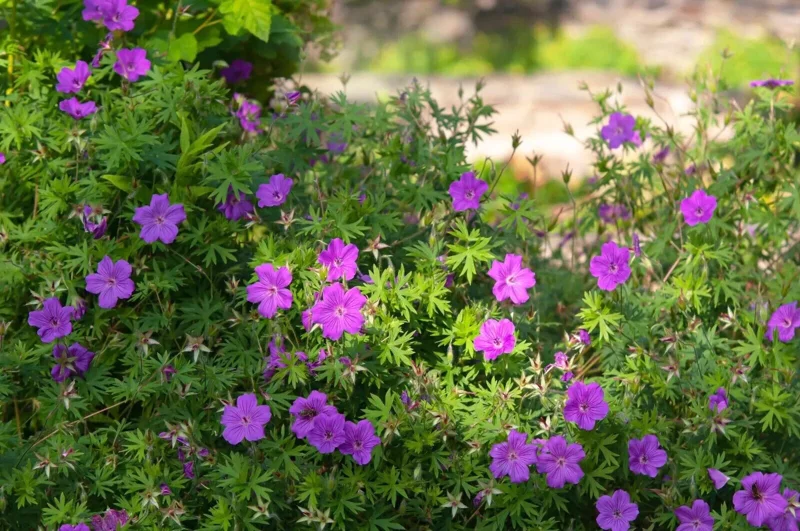
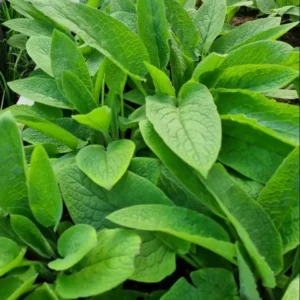
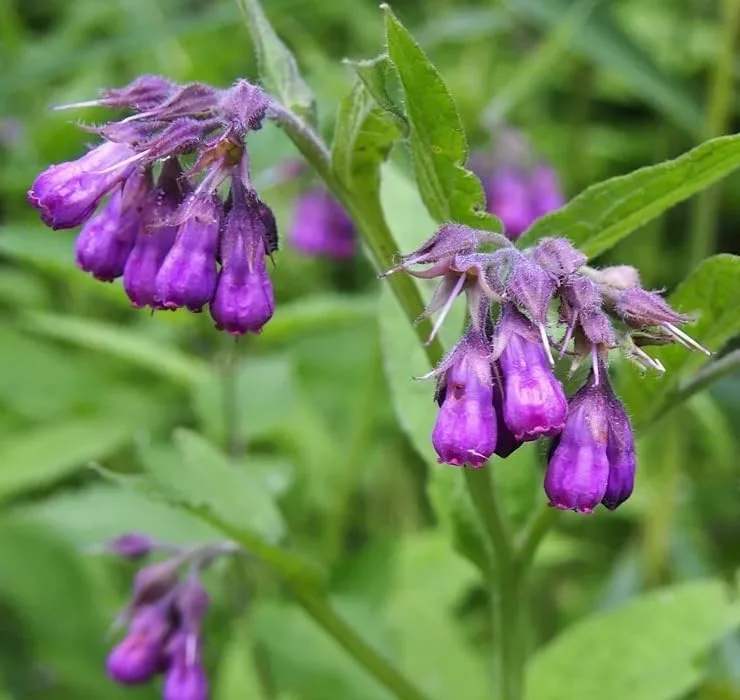
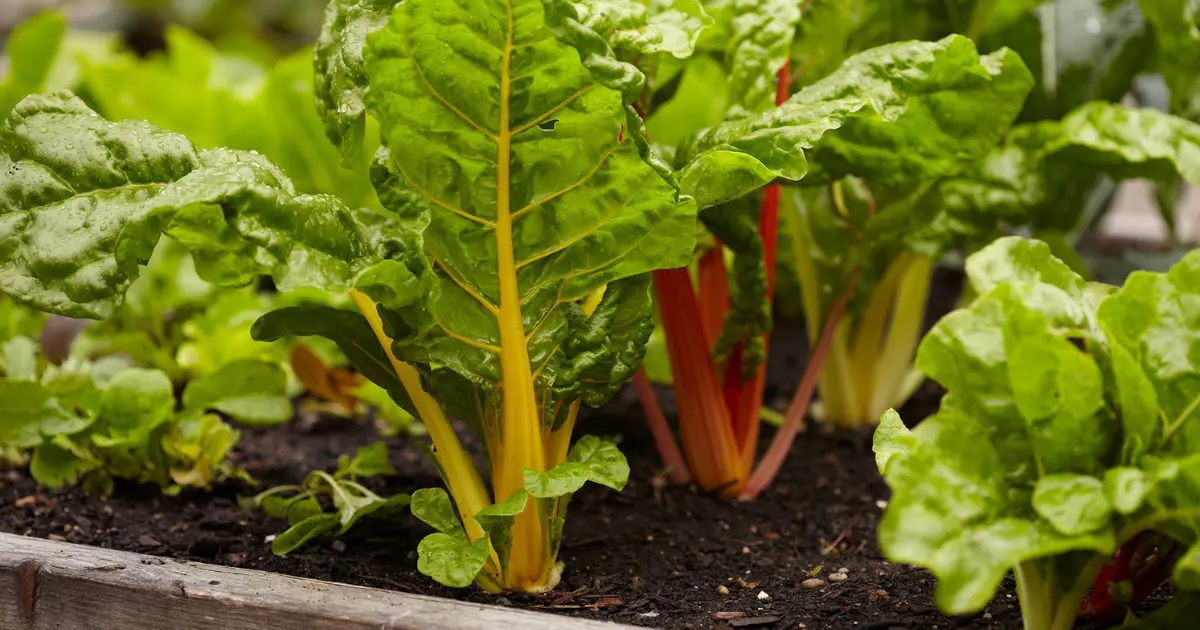
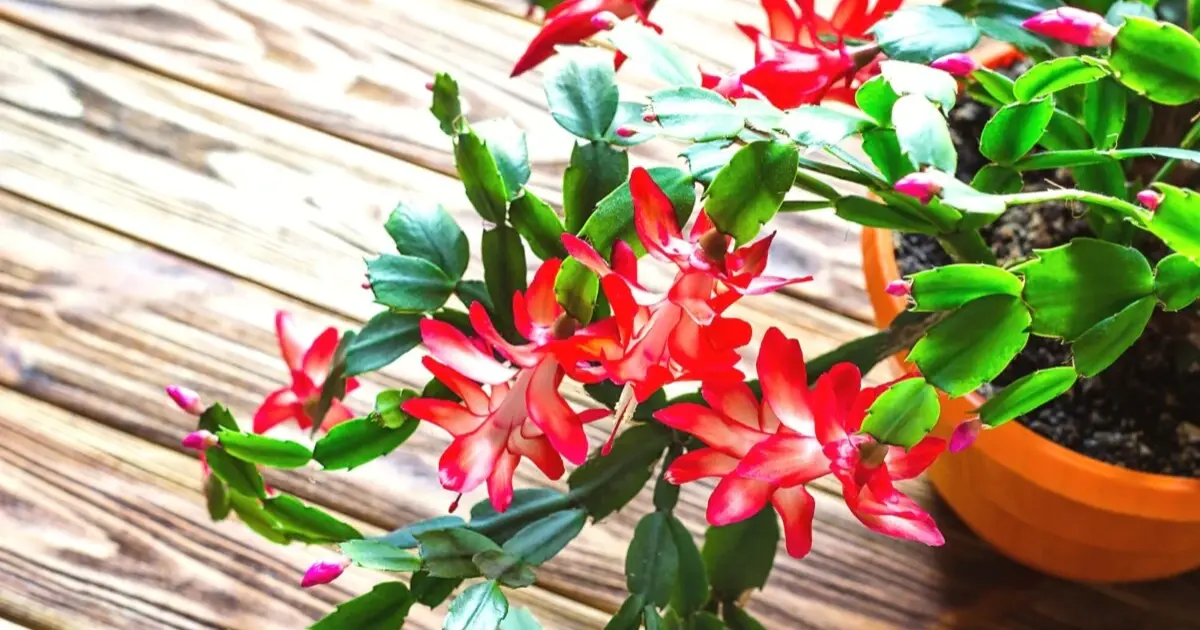
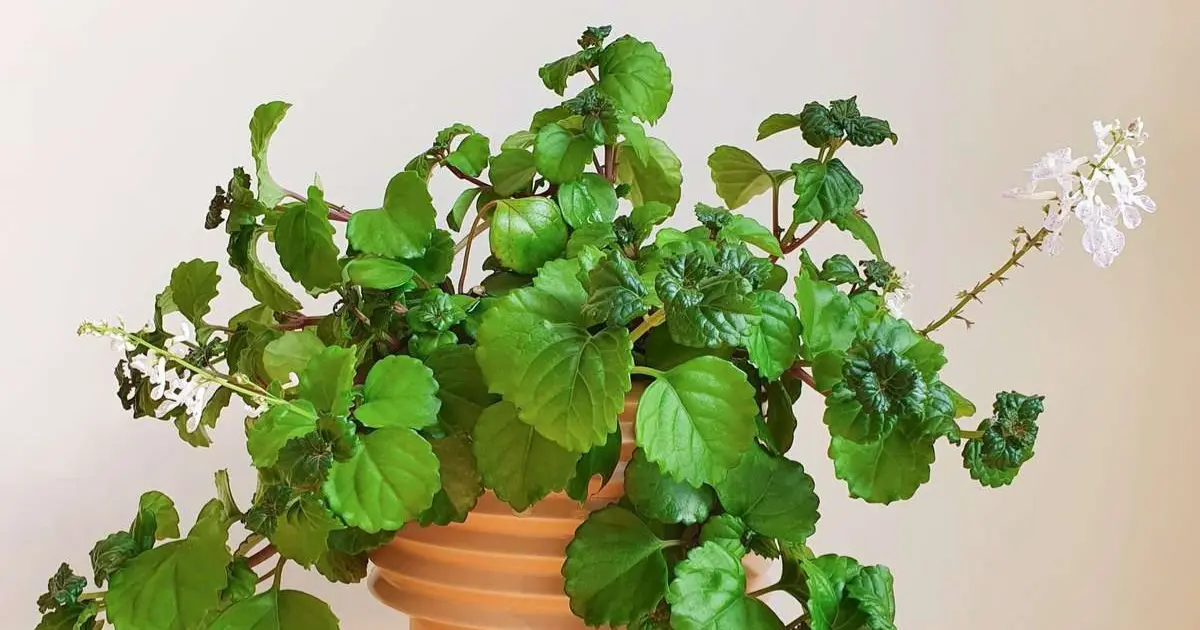
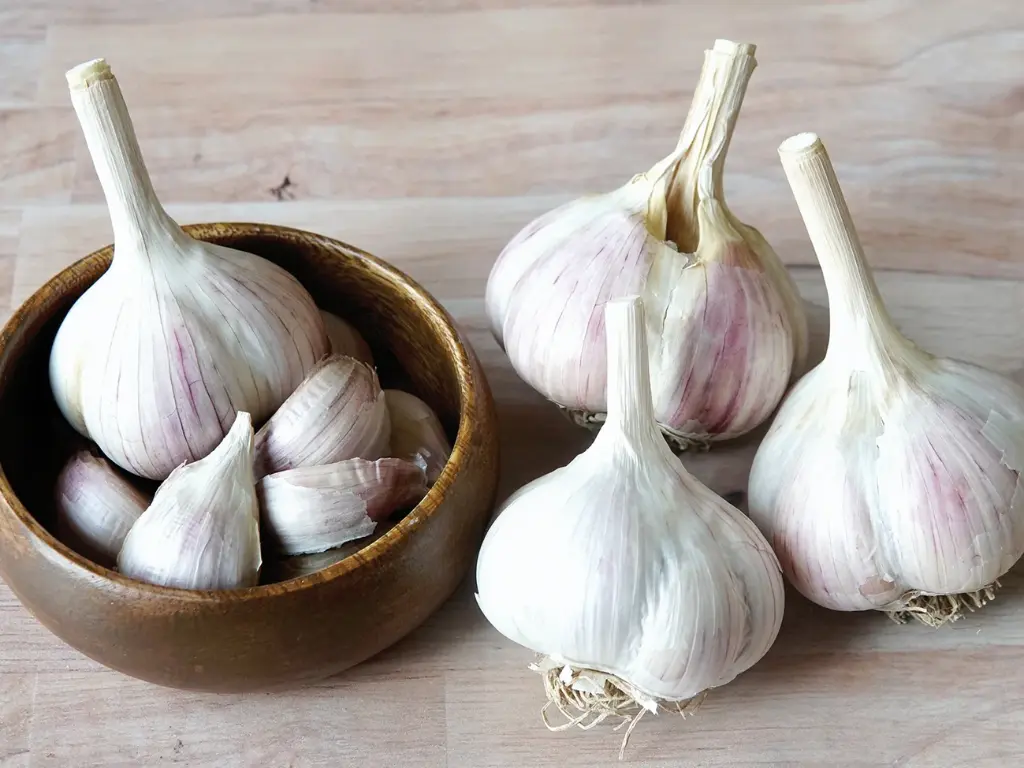
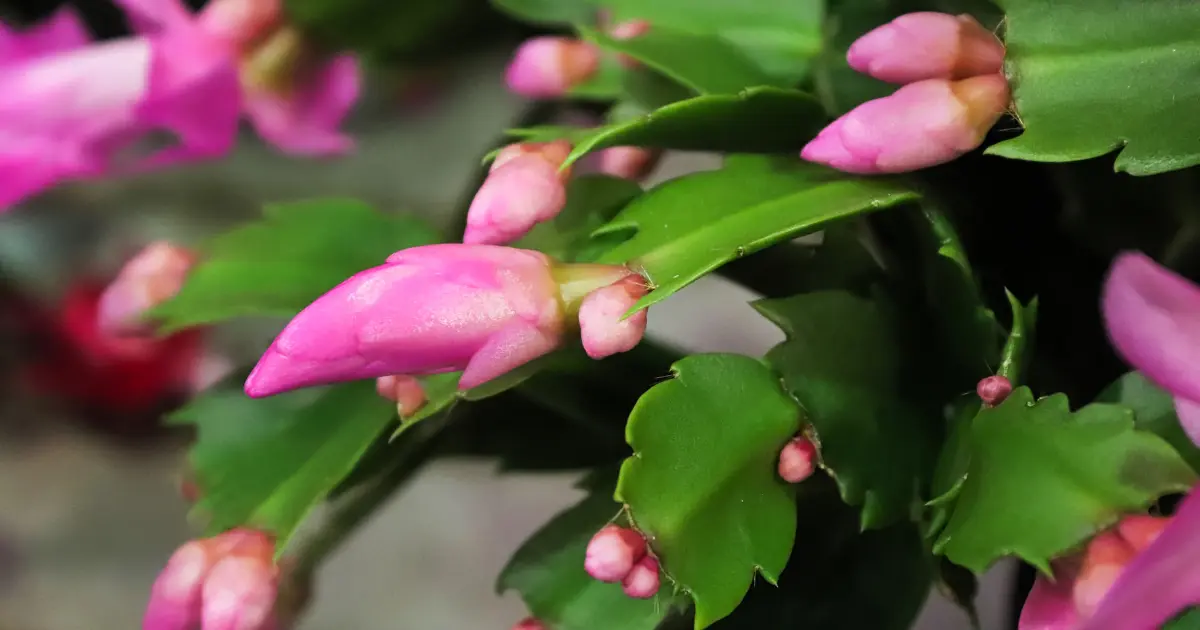

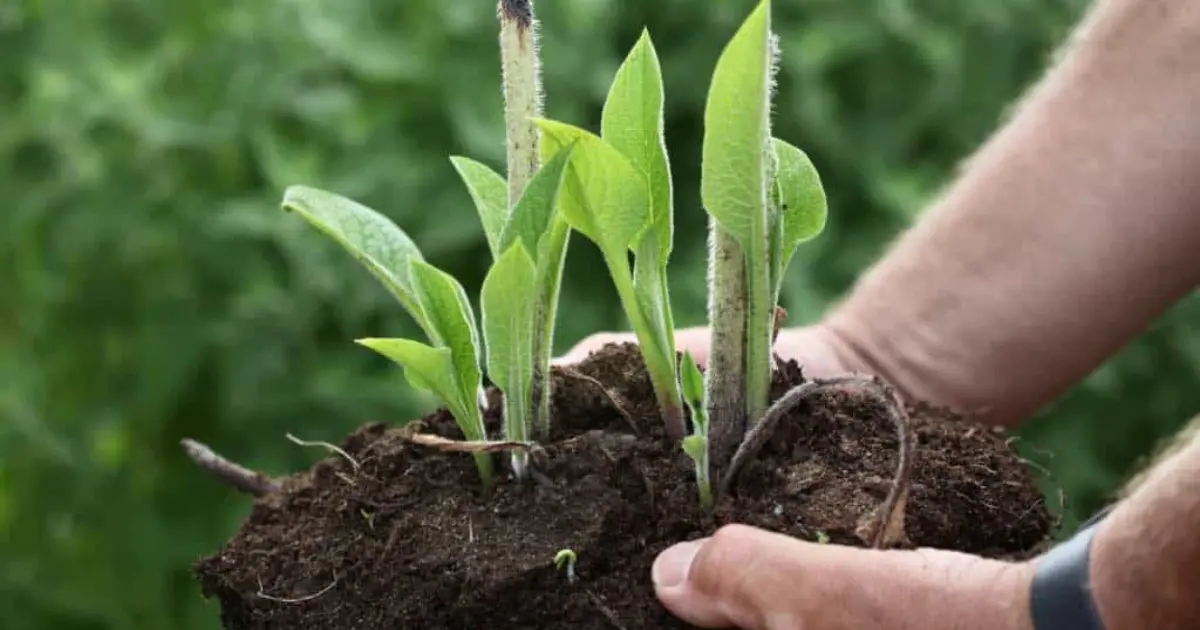


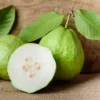

Reviews
There are no reviews yet.